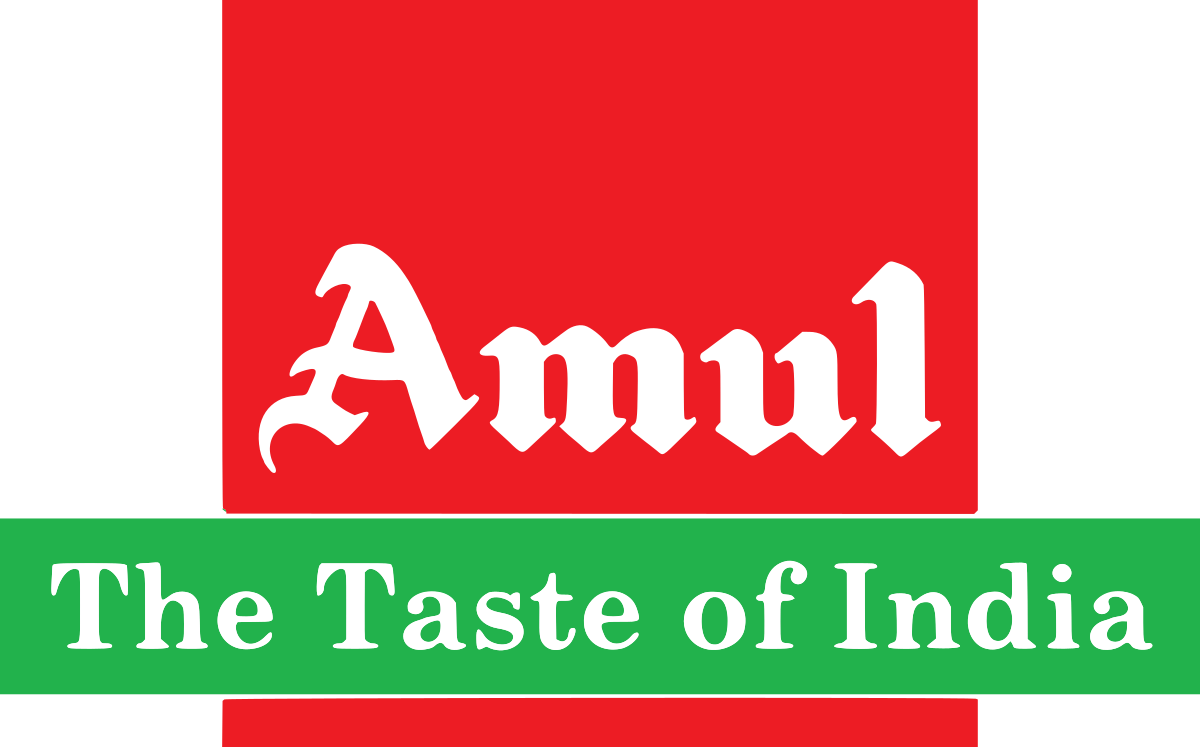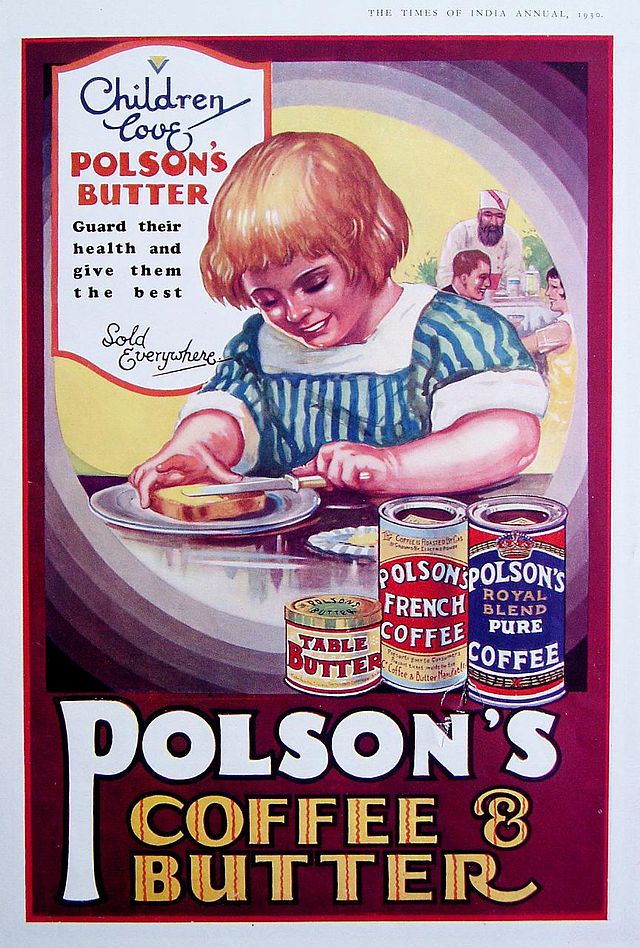What is the first thing that comes to your mind when I say AMUL? Do you imagine the little girl wearing a white and red polka dot dress? Or do you instantly start singing AMUL the taste of India? A few of you might recall the popular AMUL ad featuring Smita Patil… ‘Sapne hogye hai sakaar’ … I’m sure you can recite the rest. You see, there are very few brands with as high recall value as AMUL. Each generation has grown up eating AMUL products. We all hold a special memory of the diary brand. The 90s kid were obsessed with AMUL butter, AMUL cheese and AMUL ice-cream. I think we all still are. The diet-conscious millennials are more into AMUL dark chocolate and instant drinks like AMUL Kool milk. AMUL is a part of our everyday lives. Be it the AMUL ghee that mom forces us to eat or the AMUL lassi that is a lifesaver in summer. The taste of AMUL mozzarella cheese can transform even a simple roti into a pizza from Italy. And what about a dollop of AMUL fresh cream on that dal makhani? One word … Divine. AMUL’s tagline ‘the taste of India’ truly stands the test of time and generations. 

AMUL – A Fight Against Injustice
Now many of us wonder, what does AMUL stand for. Is it a short form of something? It is an acronym? Well, yes. The full form of AMUL is Anand Milk Utpadak Ltd. The term ‘AMUL’ is derived from a Sanskrit word Amulya, which means precious or priceless. The history of AMUL is intertwined with the Indian freedom fight. During the British Raj, a company named Polson had monopoly in the Indian dairy sector. It controlled milk collection from Anand and its distribution in Mumbai. 

AMUL Chocolates – A Stroke of Brilliance
A classic example of this is the AMUL chocolates. When we think of Chocolates, we immediately think of Dairy Milk or KitKat or 5-star (Ramesh-Suresh, anyone? ). But did you know that AMUL has been making chocolates since 1970s. However, Cadbury or Nestle dominated the chocolates market. But then AMUL had a stroke of genius… Why are chocolates only sweet? Why not create chocolates for the health conscious or the diabetic? This led to the creation of AMUL dark chocolates, which is taking the chocolate industry by the storm. AMUL chocolates now controls 10% of the market share in India. And they are growing at a rapid pace. Here’s a look at the various variety of AMUL products –
| Amul ice-cream | Amul peanut butter |
| Amul dark chocolate | Amul white chocolate |
| Amul butter | Amul shrikhand |
| Amul cheese | Amul masti dahi |
| Amul milk | Amul French fries |
| Amul fresh cream | Amul condensed milk |
| Amul cream | Amul garlic butter |
| Amul ghee | Amul heavy cream |
| Amul mozzarella cheese | Amul bread |
| Amul milk powder | Amul basundi |
| Amul Kool | Amul rajbhog ice cream |
| Amul lassi | Amul butterscotch ice cream |
| Amul kaju katli | Amul Gulab jamun |
| Amul dahi | Amul Belgian chocolate |
| Amul taaza milk | Amul rasgulla |
| Amul gold | Amul gouda cheese |
| Amul mithai mate | Amul cornetto |
Now all this got me thinking about something…
- AMUL is the largest dairy company in India.
- It is also the eighth biggest dairy company in the world.
- It is the biggest FMCG company in India.
Yes, Hindustan Unilever Ltd or Marico Ltd are not the biggest FMCG companies in India… It is AMUL. On that note, here’s a list of the best FMCG stocks to buy in India today. Coming back to AMUL, the company reported an annual sales turnover of Rs 39,248 crores in 2021. Just take a look at the below chart. AMUL is leaps above Nestle India Ltd. or Britannia Industries Ltd or Dabur India Ltd. 




 Easy & quick
Easy & quick
Leave A Comment?